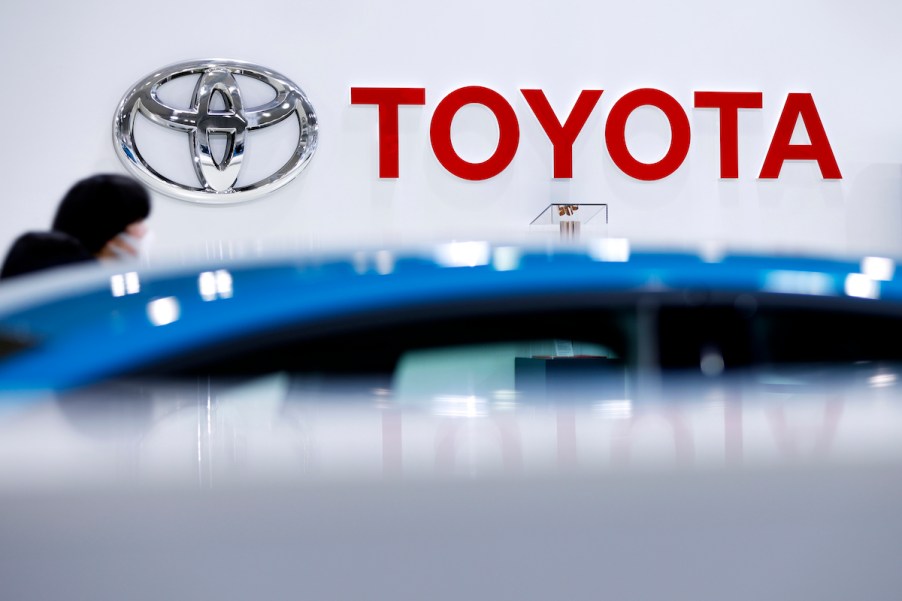
Proof That Toyota and Honda Aren’t as Affordable as They Used To Be
Toyota and Honda are Japanese automakers that have become extremely popular around the world, and there are a lot of reasons for that. Both automakers are well-known for making reliable cars, and their cars are also known for being safe and affordable for the average person. While Toyota and Honda cars are still safe and reliable, unfortunately, they’re no longer as affordable as they used to be.

An overview of iSeeCars’ affordability index
Just like with anything else, whether or not someone can afford a car is based on two things, how much money they make and how much the car will cost. As iSeeCars wrote, those two factors form the backbone of the site’s Car Affordability Index. The site’s analysts used income data from the U.S. Census Bureau, and that data looked at the median household income in each state.
The analysts then used that income data to define what an affordable car would be for the median household in each state. This was done by assuming that the ideal car payment would equal to less than 10% of the median household’s annual income. A car that has an ideal car payment of 10% of the median household’s annual income is at the affordability threshold.
Toyota and Honda cars made multiple appearances on the list
In terms of used cars, despite Toyota and Hondas being well-known for their affordability, multiple models of each manufacturer showed up on iSeeCars’ list.
This means that multiple Toyota and Honda models are now far more expensive than the median household can afford. Across the 50 states, 10 Toyota models had the biggest drop in affordability, and 10 Honda models had the same fate.
Many of those models were small cars, too. In fact, the used car model that had the biggest drop in affordability in the most states was the Honda Accord, as it topped the list in eight states. The other two Hondas that made the list was the CR-V in Maine, with a 29.9% drop in affordability, and the Civic in Montana, with a 19.4% drop.
Toyota, meanwhile, had a lot of small cars on the list, but also a few SUVs. The Camry and its variants saw a 40.3% drop in Alabama, a 45.2% drop in Michigan, a 48.2% drop in New Mexico, and a 37.5% drop in North Carolina. The Prius had a 36.4% drop in Georgia and a 29.4% drop in Nevada.
The RAV4 and its versions, meanwhile, had a 27.6% drop in California, a 41.5% drop in North Dakota, a 30.9% drop in Utah, and a 16.4% drop in Vermont.
It’s probably not Toyota or Honda’s fault for this rise in prices
In terms of how much their dollar values changed, both Japanese auto giants saw a roughly $10,000 to $15,000 increase in used car prices compared to the 2019 models. In conventional wisdom, used cars are supposed to be fairly cheap, so these massive price increases have made a lot of popular Toyota and Honda models unattractive for car shoppers. That being said, it’s probably not Toyota or Honda’s fault.
Like every other automaker, the two Japanese automakers have been hit hard by the COVID-19 pandemic and the supply chain crisis that came with it. Due to that, a lot of automakers were forced to temporarily stop production, and this lowered new car inventories.
Car shoppers still wanted to buy cars, however, so they turned to used car inventories. That surge in demand led to a surge in prices, and it won’t stop until the supply chain is fixed.
RELATED: 6 Toyota Models Dominate the Least Expensive Cars to Maintain


